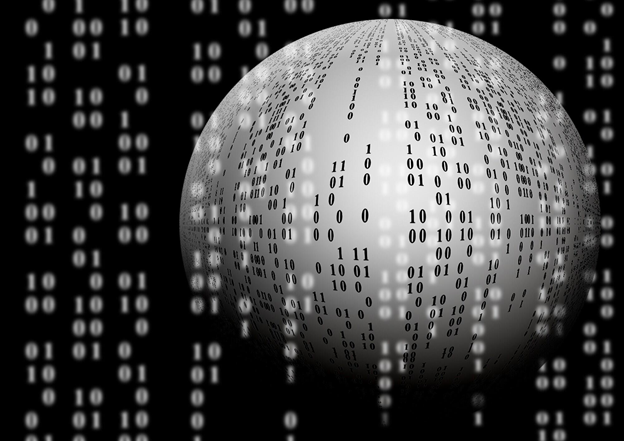
In today’s digital age, data is often referred to as the new oil. It is a valuable resource that drives industries, businesses, and economies.
However, raw data on its own is not useful. It must be collected, organized, and analyzed to extract meaningful insights. This has led to the birth of data acquisition.
But what is data acquisition, and why is it important?
Read on as we explore the basics of data acquisition, its applications, and its significance in today’s world.
What Is Data Acquisition?
Data acquisition refers to the process of collecting information from various sources. This information can be in the form of:
- Physical measurements (temperature, pressure, or voltage)
- Digital signals from sensors or devices
- Audio and video recordings
- Textual data from documents or websites
Using data collection techniques and tools, data acquisition systems capture and record this information for further processing and analysis.
The Importance of Data Acquisition
Gaining education on data acquisition is an essential step to unlocking the wealth of information that data has to offer. Here are some reasons why it’s a crucial aspect of various industries and businesses:
Decision Making
Data is the backbone of decision-making in today’s world. With data acquisition, organizations can collect and analyze data to make informed decisions.
This helps them stay ahead of their competition and adapt to changing market trends.
Efficiency Improvement
Data acquisition helps identify areas where processes can be improved. This leads to more efficient operations and cost savings.
Quality Control
In manufacturing and production, data acquisition ensures that products meet quality standards. This is done by monitoring various parameters.
Research and Development
Scientists and engineers use data to develop new technologies and innovations. Without accurate data, progress in these fields would be much slower.
Compliance and Reporting
Regulatory bodies often require organizations to collect and report specific data. Data acquisition systems help meet these requirements.
Predictive Maintenance
Data acquisition allows for monitoring equipment and machinery. This can help detect potential issues before they become critical. Costly breakdowns and downtime can then be prevented.
Applications of Data Acquisition
Data acquisition applications span across numerous industries. Here are some notable examples:
Healthcare
Hospitals and clinics use data acquisition systems to monitor patients’ vital signs. This includes heart rate and blood pressure. Acquiring this data helps in timely diagnosis and treatment.
Environmental Monitoring
Data acquisition is used to collect and analyze data on environmental factors. This includes:
- Air quality
- Water levels
- Weather patterns
This helps in understanding and addressing environmental issues.
Marketing and Advertising
Through data acquisition, businesses can gather information about consumer behavior and preferences. This helps in targeted marketing campaigns.
Manufacturing
Factories use data acquisition to monitor machinery performance. It ensures that production lines run smoothly and efficiently. This helps predict maintenance needs and avoid downtime.
Transportation
Data acquisition is used in the transportation industry to collect information on:
- Traffic patterns
- Vehicle performance
- Driver behavior
This data is then used to improve safety and efficiency.
Exploring the Basics of Data Acquisition
Answering the question, “What is data acquisition?” is essential to understanding its role in today’s world. From decision-making to research and development, it has become a crucial tool in various industries.
As technology advances, the importance of data acquisition will only grow. So, if you are ready to harness the power of data, don’t wait! Start exploring data acquisition today!
Was this article helpful? If so, check out the rest of our site for more informative content on data and technology.







Leave a Comment
You must be logged in to post a comment.